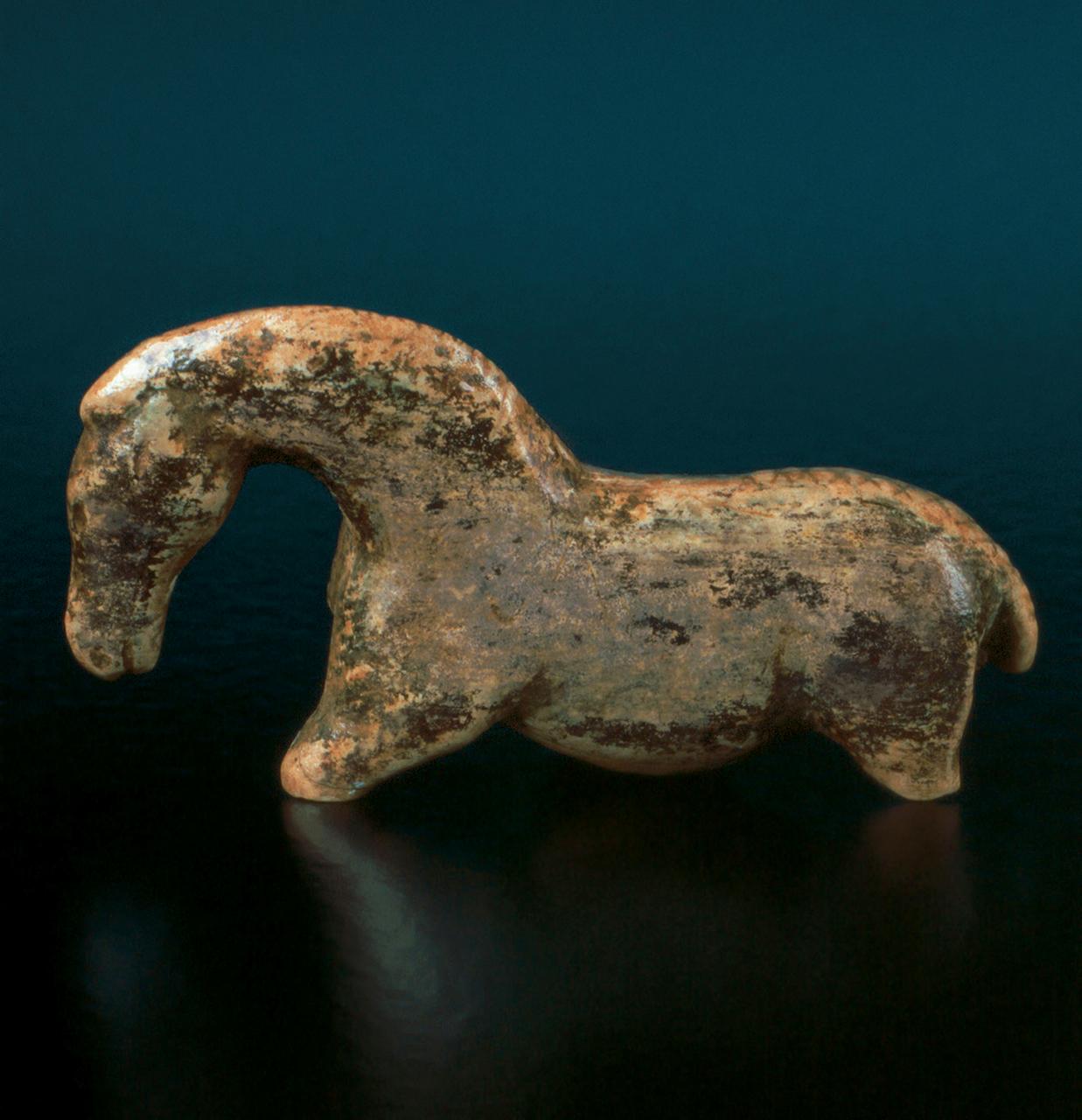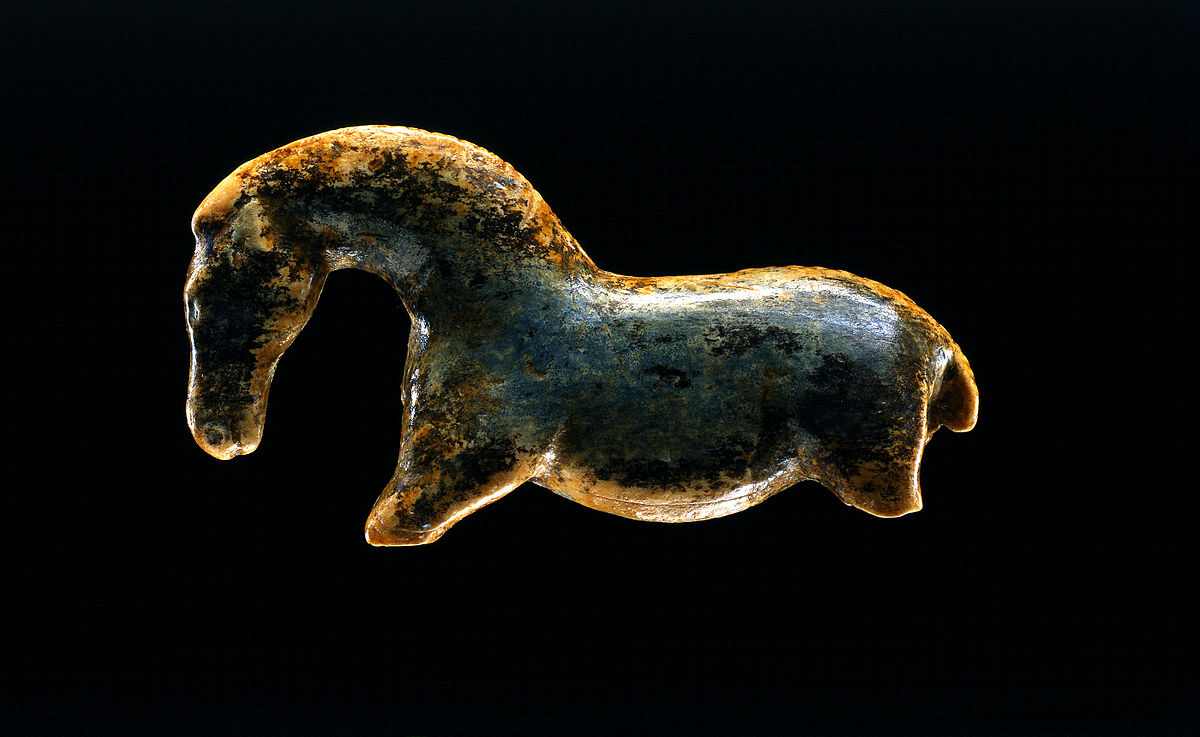Discovered in the Vogelherd Cave near Stetten, southwest Germany, a stunning sculpture dating back 32,000 to 35,000 years has captivated the world. Carved from mammoth ivory, this figurine is believed to be the oldest known representation of a horse, offering a rare insight into the artistic and symbolic practices of the Aurignacian people during the Ice Age.
A Masterpiece of Ice Age Art
The horse sculpture is a testament to the advanced artistic skills of early humans. Crafted with remarkable detail, the figurine shows a deep understanding of equine anatomy, highlighting the artist’s knowledge of the horse’s body structure and movement. This level of detail suggests that the sculptor was not only highly skilled but also had a close relationship with horses, which may have played a significant role in their daily life.

Symbolism and Spiritual Meaning
Beyond its technical achievement, the sculpture likely carries symbolic meaning. In the Ice Age, animals like horses were not just part of daily survival but could have held spiritual or cultural significance. The horse might have represented strength, power, or spiritual symbolism, reflecting early humans’ complex relationship with the natural world and their belief systems.

Material and Preservation
Made from mammoth ivory, the sculpture also highlights the resourcefulness of early humans. Mammoths were a key resource, providing not only meat but durable materials for creating tools and art. The survival of the sculpture for over 30,000 years underscores the skill involved in creating such a lasting artifact.

Insight into Early Human Cognition
This discovery challenges our understanding of Ice Age humans. It suggests that they were not only focused on survival but were also capable of symbolic thought, creativity, and complex cultural practices. The sculpture provides a glimpse into early human cognition and their ability to create meaning through art, even in harsh conditions.
The oldest known horse sculpture stands as a powerful symbol of human creativity, offering invaluable insight into the lives and beliefs of our ancient ancestors.

